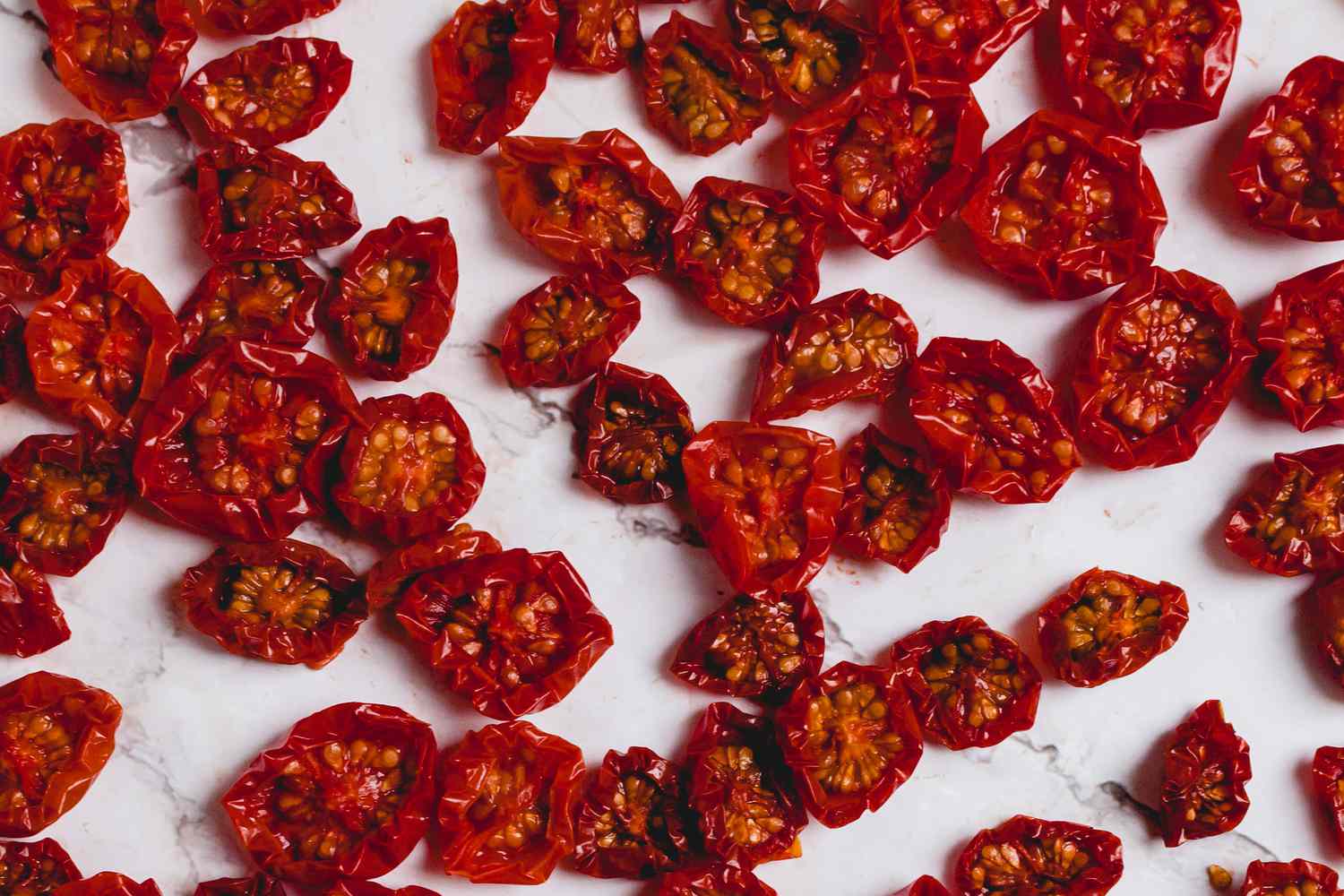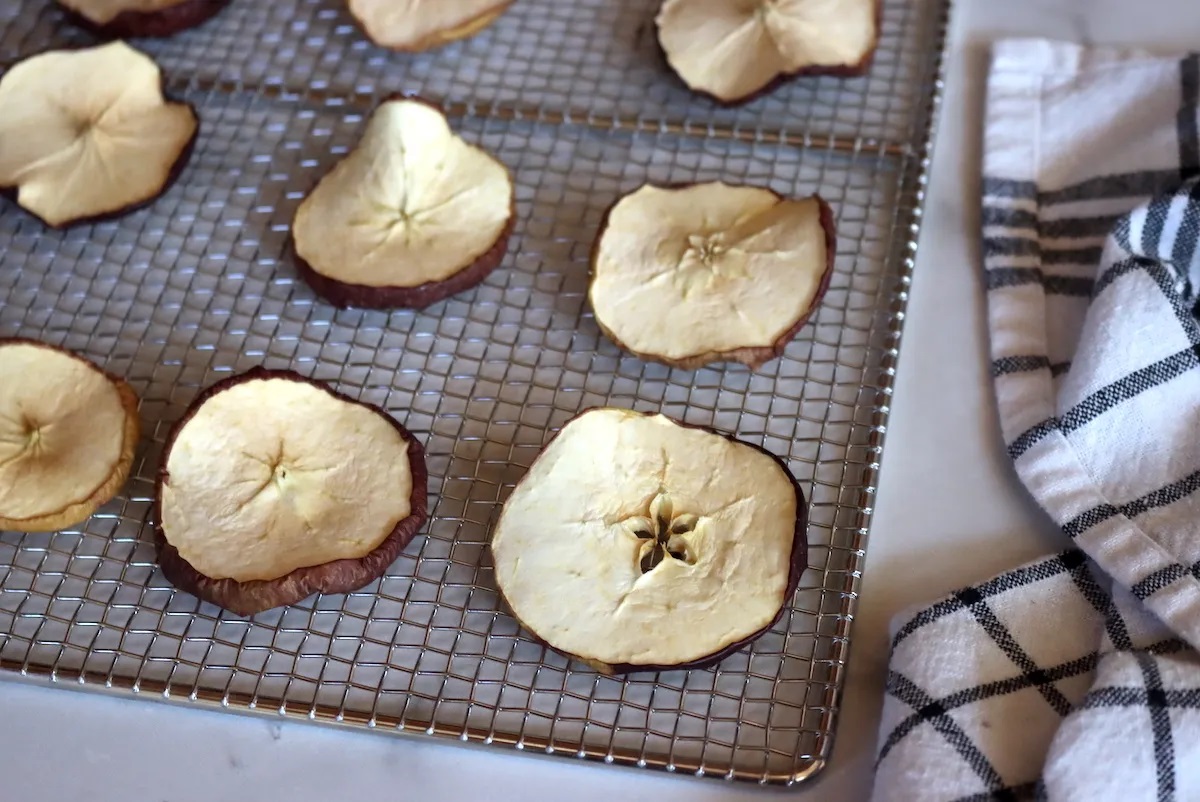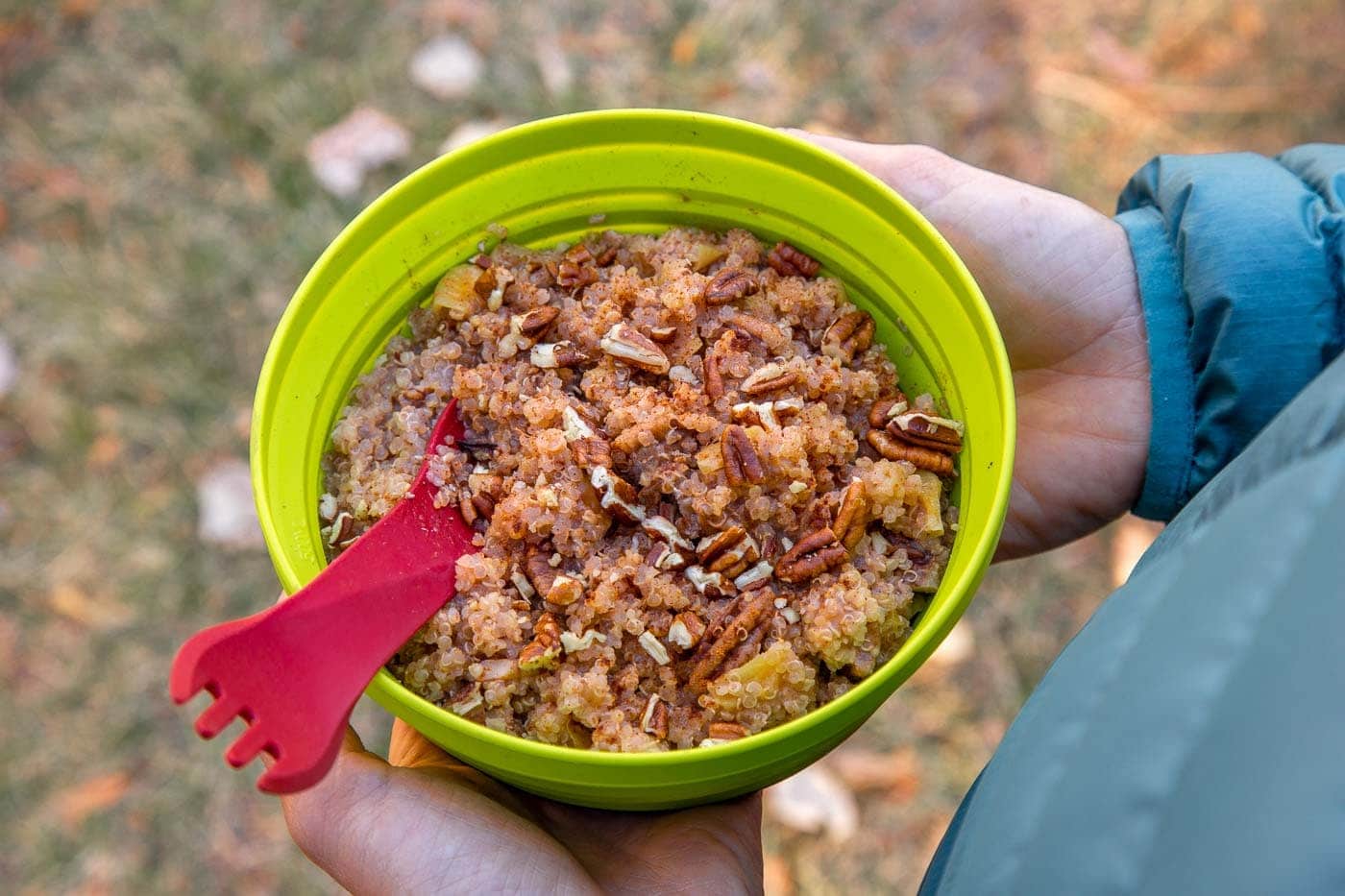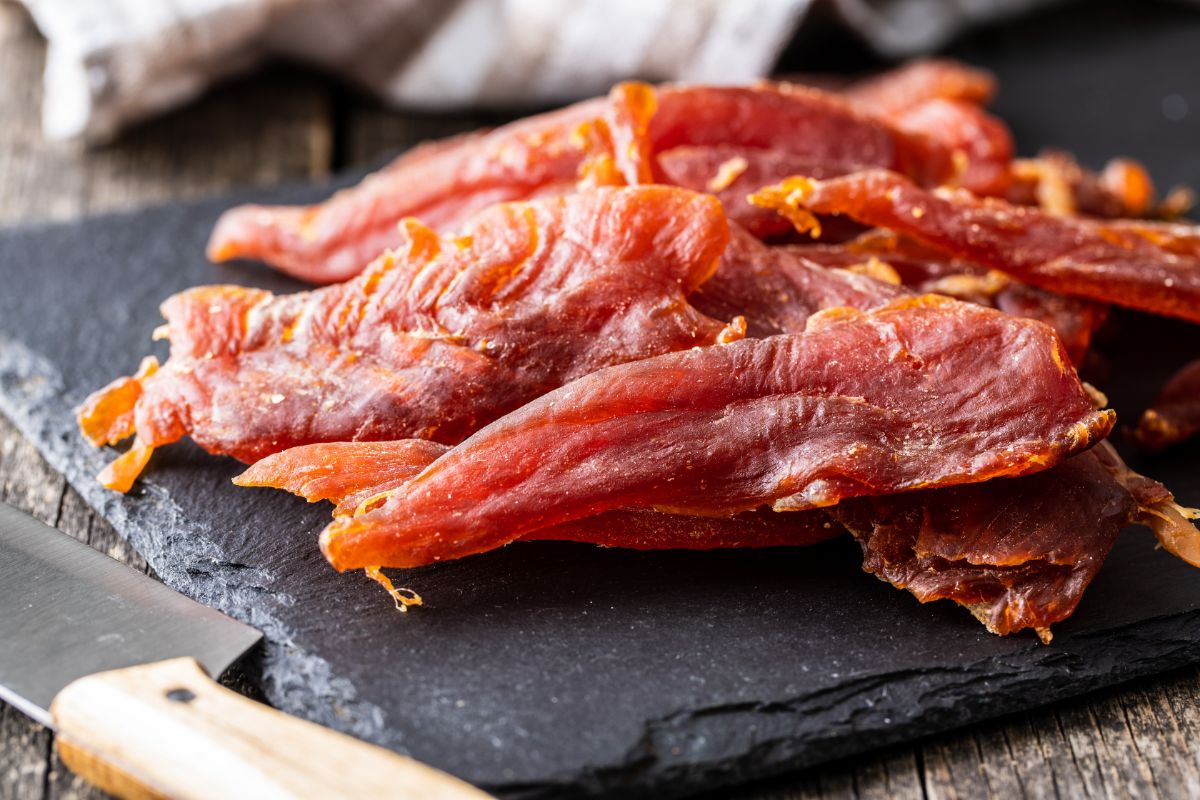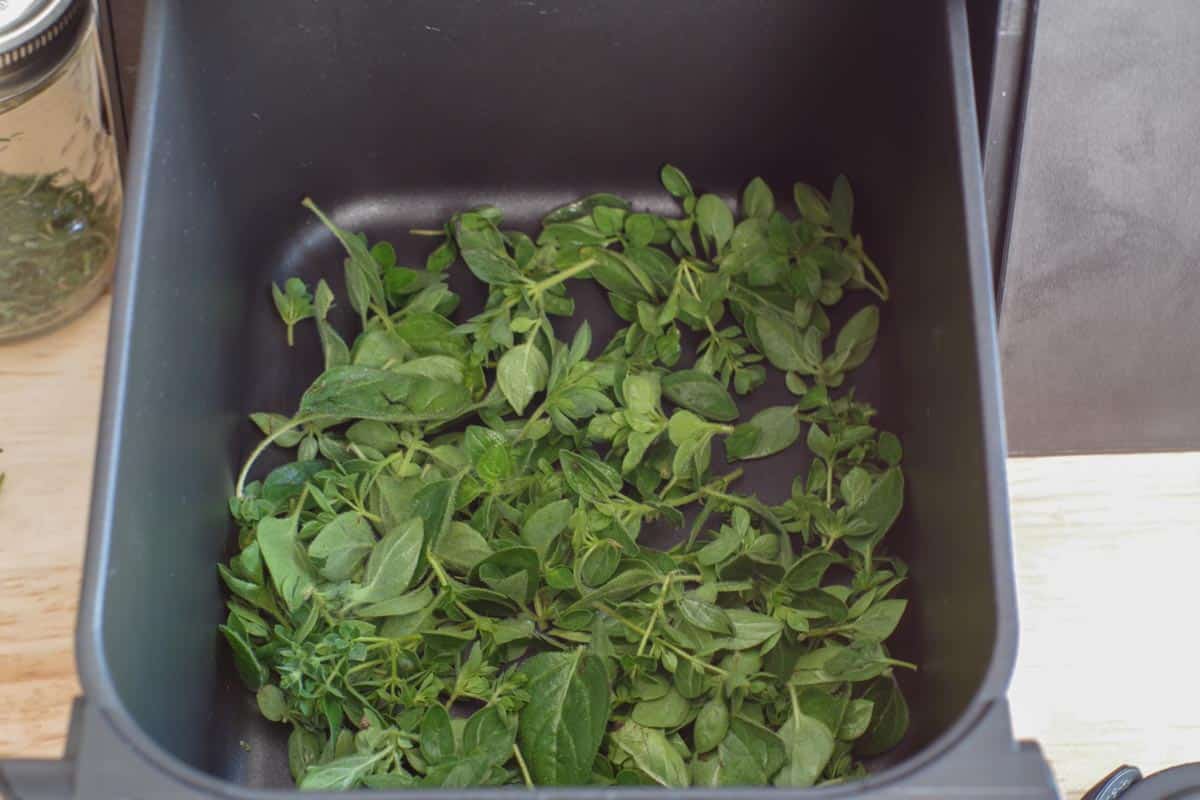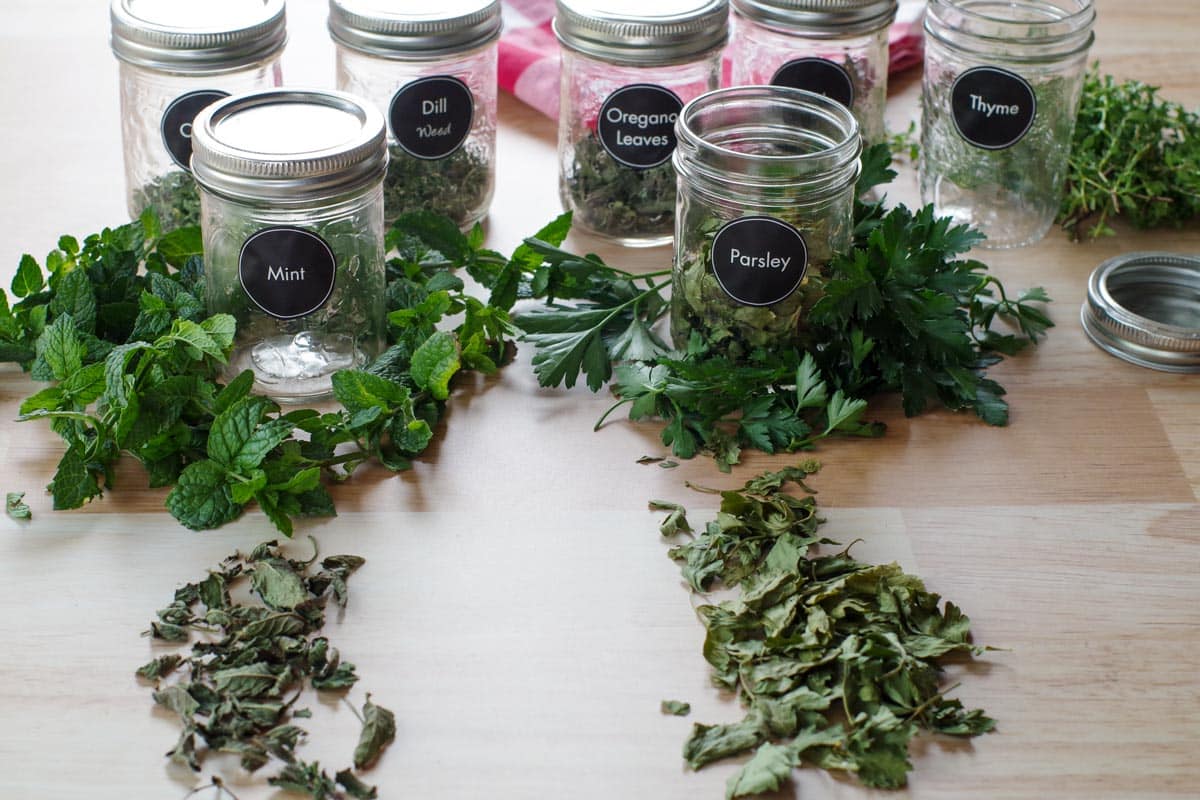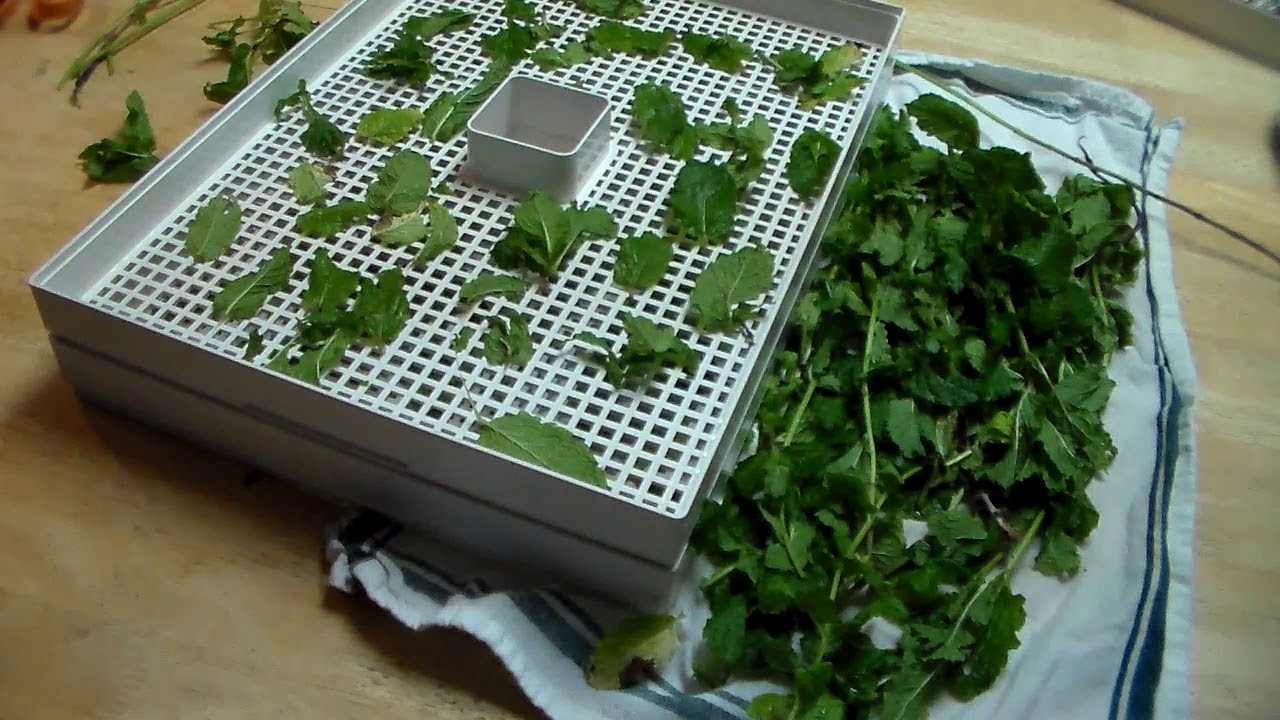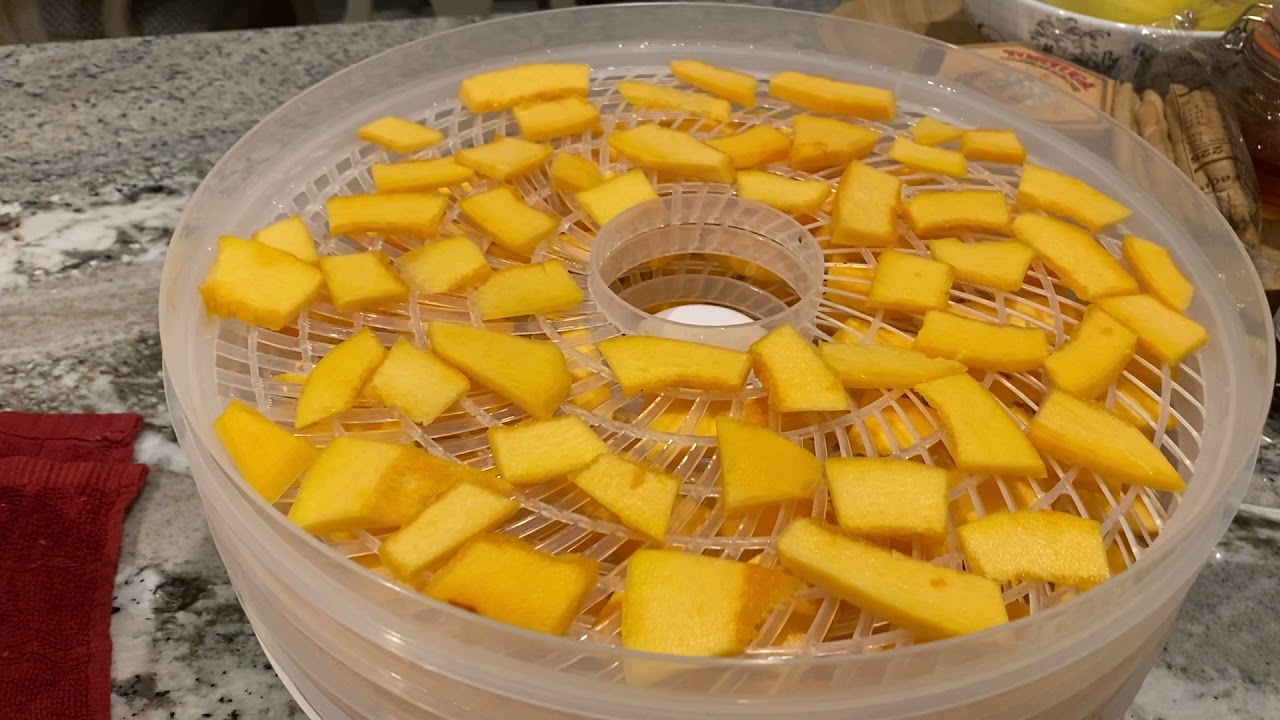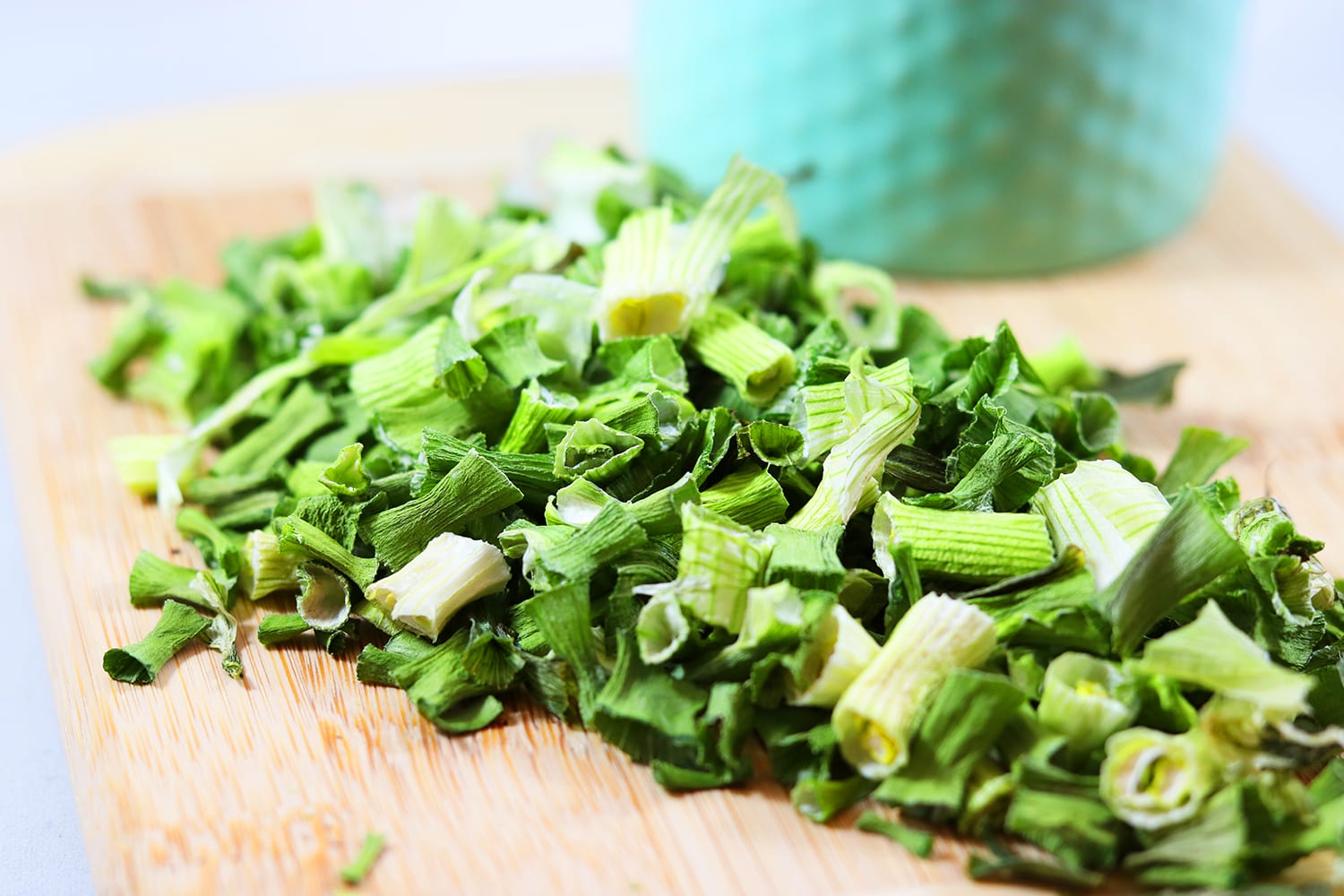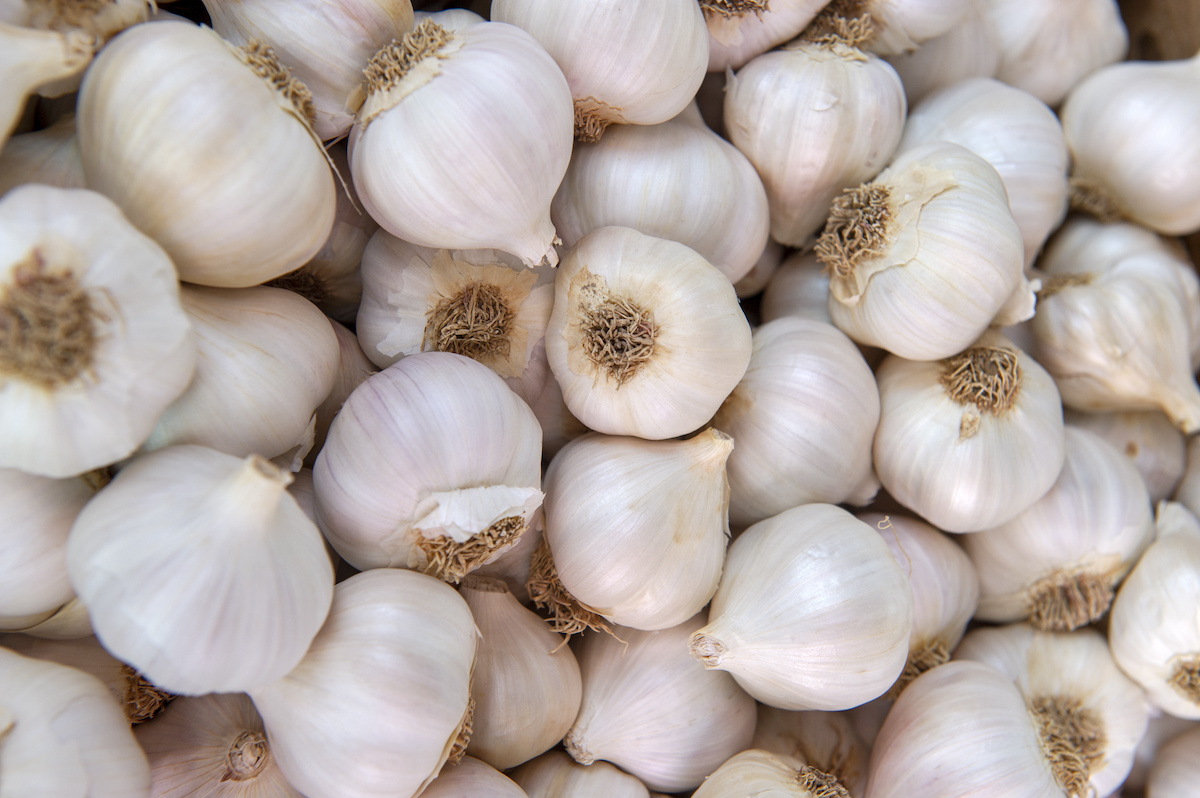Dehydrating Survival Foods: A Guide to Long-Term Food Preservation
When it comes to preparing for emergencies or outdoor adventures, having a stock of dehydrated survival foods can be a game-changer. Dehydrating food is a simple and effective way to preserve it for extended periods, making it an ideal option for long-term storage. Whether you’re a seasoned prepper or an outdoor enthusiast, learning how to dehydrate survival foods can help you maintain a reliable food supply in any situation.
Choosing the Right Foods for Dehydration
Not all foods are suitable for dehydration. When selecting foods for long-term storage, it’s important to choose items that dehydrate well and retain their nutritional value. Some of the best foods for dehydration include:
- Vegetables such as carrots, bell peppers, and tomatoes
- Fruits like apples, bananas, and berries
- Meats such as beef, chicken, and fish
- Herbs and spices for flavoring
These foods are not only easy to dehydrate but also provide essential nutrients for a well-rounded diet.
The Dehydration Process
Dehydrating food is a straightforward process that involves removing moisture from the food to inhibit the growth of bacteria, yeast, and mold. Here’s a simple guide to dehydrating survival foods:
- Clean and prepare the food: Wash and slice the food into uniform pieces to ensure even drying.
- Pre-treat if necessary: Some foods benefit from pre-treatment to preserve color and flavor. This can include blanching vegetables or soaking fruits in a solution to prevent browning.
- Arrange on the dehydrator trays: Lay the prepared food pieces on the trays in a single layer, leaving space between each piece for air circulation.
- Set the dehydrator temperature: Follow the recommended temperature settings for the specific type of food being dehydrated. Different foods may require different temperatures for optimal drying.
- Monitor the drying process: Check the food regularly to assess its progress. Depending on the food type and thickness, dehydration times can vary.
- Store the dehydrated foods: Once the food is fully dehydrated, allow it to cool before transferring it to airtight containers for storage. Properly stored dehydrated foods can last for months or even years.
The Benefits of Dehydrated Survival Foods
Dehydrated survival foods offer several advantages for emergency preparedness and outdoor activities:
- Long shelf life: Dehydrated foods can be stored for extended periods without refrigeration, making them ideal for emergency food supplies.
- Lightweight and portable: Dehydrated foods are lightweight and compact, making them convenient for camping, hiking, and other outdoor adventures.
- Nutrient retention: When properly dehydrated, foods retain a high percentage of their original nutrients, providing essential sustenance in challenging situations.
- Versatility: Dehydrated foods can be rehydrated and used in a variety of recipes, offering flexibility in meal planning.
Conclusion
Learning how to dehydrate survival foods is a valuable skill for anyone interested in emergency preparedness or outdoor activities. By selecting the right foods, mastering the dehydration process, and understanding the benefits of dehydrated foods, you can create a reliable and versatile food supply for any situation. Whether you’re stocking up for emergencies or planning a backpacking trip, dehydrated survival foods are an essential component of a well-prepared pantry.
For those looking to expand their skills in food preservation, the guide offers several recipes to try. Dehydrated Vegetable Soup Mix is a fantastic way to pack a variety of nutrients into a convenient, shelf-stable form. Dehydrated Fruit Leather makes for a sweet and healthy snack that's perfect for both kids and adults. Beef Jerky is a classic survival food, offering a protein-packed option that stores well. Dehydrated Tomato Powder can be a versatile addition to many dishes, adding a rich tomato flavor without the bulk. Lastly, Dehydrated Mixed Berries provide a burst of natural sweetness and can be used in cereals, desserts, or just as a snack. Each of these recipes not only helps in preserving food but also offers delicious and nutritious options for your pantry.
Was this page helpful?
Read Next: How To Dehydrate With A Pellet Grill
